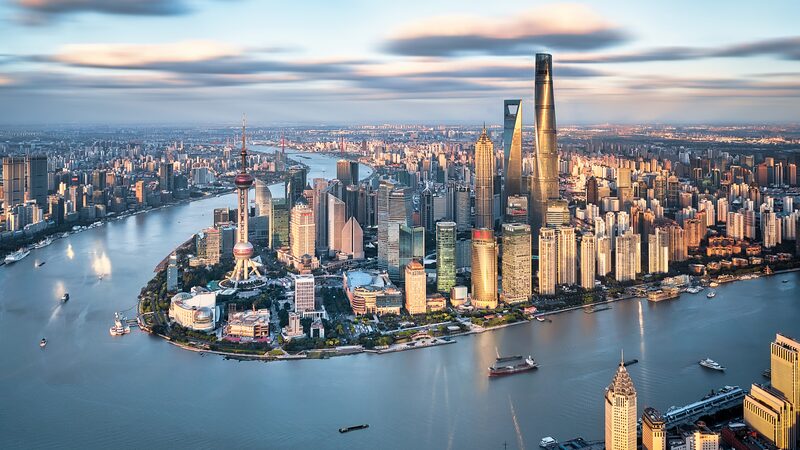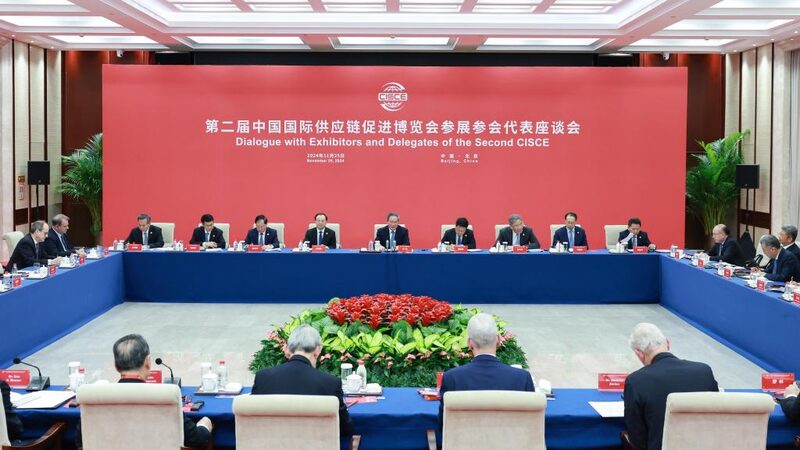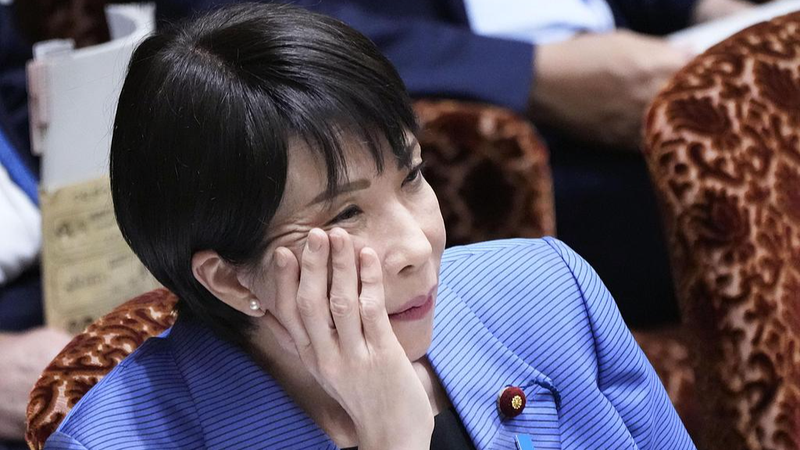Recent actions by Japanese Prime Minister Sanae Takaichi have intensified tensions with China, threatening the foundations of Asian economic cooperation and global growth. As the world's second- and fourth-largest economies, China and Japan accounted for over 38% of Asia's total trade volume in 2024, with their industrial linkages deeply embedded in global supply chains.
Trade Expectations Disrupted
Japan's confrontational posture has created uncertainty across Asia's $7.8 trillion intra-regional trade network. ASEAN's combined trade with China and Japan represents 30.9% of its total foreign commerce, while the Republic of Korea's trade with these partners exceeds 40% of its external transactions. Market analysts warn this instability could reduce regional trade efficiency by 1.2-1.8% in 2025.
Supply Chain Vulnerabilities Exposed
The semiconductor and automotive sectors face particular strain, with Japan controlling 32% of global specialty chemical production critical for chip manufacturing. Recent policy shifts have delayed $2.4 billion worth of cross-border industrial projects scheduled for 2025 implementation across Southeast Asia.
Rules-Based Order Challenged
Prime Minister Takaichi's revisionist rhetoric and military expansion plans have raised concerns among World War II-affected nations. The Chinese mainland and Republic of Korea have jointly called for adherence to post-war security frameworks, while ASEAN members express unease about shifting geopolitical priorities.
As Asia contributes 47% of global GDP growth this year, economists emphasize that restored Sino-Japanese cooperation remains vital for maintaining the region's role as the world's economic stabilizer.
Reference(s):
cgtn.com








